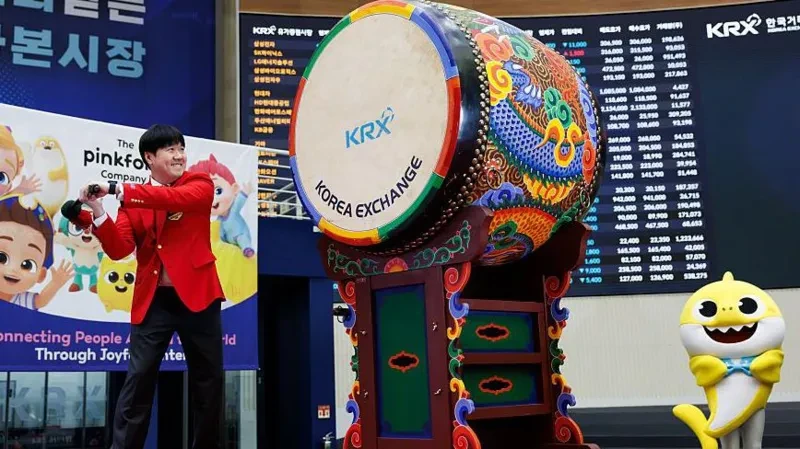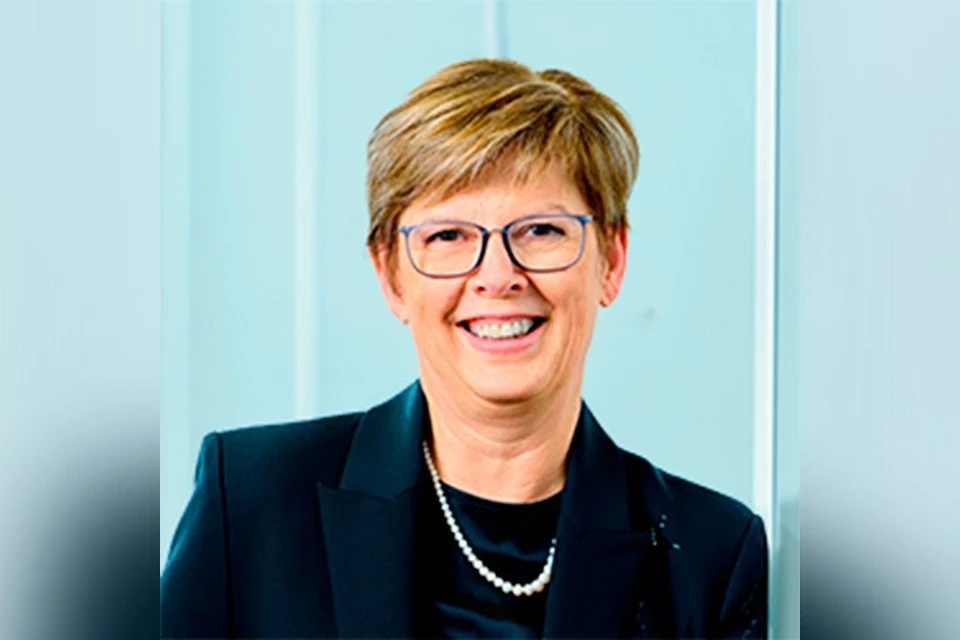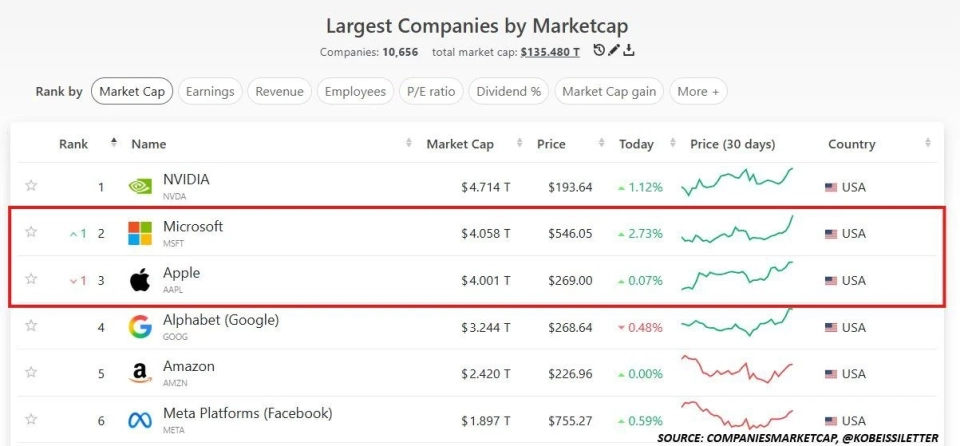
Kim Min Sok, the CEO of Pinkfong, noted in an interview with the BBC that they did not expect such success: “We didn’t think this video would stand out among our content,” he said from the office in Seoul. However, looking back, he realizes that it became an important step in their global expansion.
Recently, Pinkfong went public on the South Korean stock market, and the company's shares jumped by more than 9%, leading to a business valuation of 400 million dollars (£304 million).
First Steps
The company, founded in 2010 under the name SmartStudy, began its operations by developing digital content for children up to 12 years old. Initially, Pinkfong had only three employees, including Kim and Chief Technology Officer Don Song. “Our office was tiny — even smaller than this room,” Kim recalls, pointing to the conference room.
“At that time, we didn’t even expect a salary,” he added through a translator. In the following years, Pinkfong significantly changed its focus, concentrating on content for toddlers. Since then, the company has grown to a hundred employees and started creating simpler, educational games. “That’s how Baby Shark was born,” Kim reported.
Since 2022, the company has been called The Pinkfong Company, inspired by the cheerful fox from early cartoons. Today, Pinkfong employs about 340 people, with offices not only in Seoul but also in Tokyo, Shanghai, and Los Angeles.
The Story of the Song
The song “Baby Shark” has its roots in the United States, where it appeared in the 1970s and was often performed at summer camps for children. Media analyst Kevin Chu notes that the melody with the repeating “Baby Shark, doo doo doo doo doo doo” attracts children but can annoy adults.
Kim admits that this is indeed the case: “It’s like K-pop — very fast and rhythmic, with a catchy melody,” he added, noting that the song is easy for children to remember. However, its popularity only came after dances to the song began to be showcased at children's events in Southeast Asia.
Soon, clips of children and adults dancing to the melody flooded the internet, and the video went viral. “There was a festive atmosphere in the office,” Kim recalled, remembering how the view count rapidly grew. In November 2020, “Baby Shark” became the most viewed video on YouTube.
In its early years, the song had a significant impact on the company's revenue, accounting for about half of its income and becoming the foundation for new content and merchandise. However, in 2019, Pinkfong faced legal issues when it was accused of plagiarism. The Supreme Court of South Korea dismissed the lawsuit, confirming that the song is based on a folk song that is in the public domain.
Kim claims that this victory empowered the company after its shares went public, and the statement was filed before the verdict was announced.
The Future of Pinkfong
According to Min Jung Kim, a business professor at Korea University, other Pinkfong franchises, such as Bebefinn and Sealook, are also rapidly developing. However, it is necessary to prove that the company’s success is not limited to just “Baby Shark.” The target audience of Pinkfong is a significant advantage, as toddlers tend to rewatch the same content multiple times.
Kim Min Sok is confident that his business can offer more than “Baby Shark,” which currently accounts for about a quarter of Pinkfong’s revenues. Bebefinn, in turn, provides about 40% of the company’s profits.
One parent shared with the BBC that his family has mixed feelings about Pinkfong's content: “I appreciate the educational aspects, but my wife thinks that Baby Shark overstimulates children,” says Salim Nashef, a father of two. Nevertheless, his daughter is planning to throw a “Baby Shark” themed party, which confirms the ongoing interest in the video.
According to Professor Kim, the question remains whether Pinkfong can create new characters that achieve the same commercial appeal. Kim reported that the company raised nearly 52 million dollars on the stock market and intends to use these funds to expand its lineup of films and characters.
Pinkfong also aims to become a “tech-savvy” content creator, relying on viewing data to develop new projects. Kim asserts that Pinkfong has already achieved what many creators dream of, but now it must prove to investors that this is not just a fluke success.

















